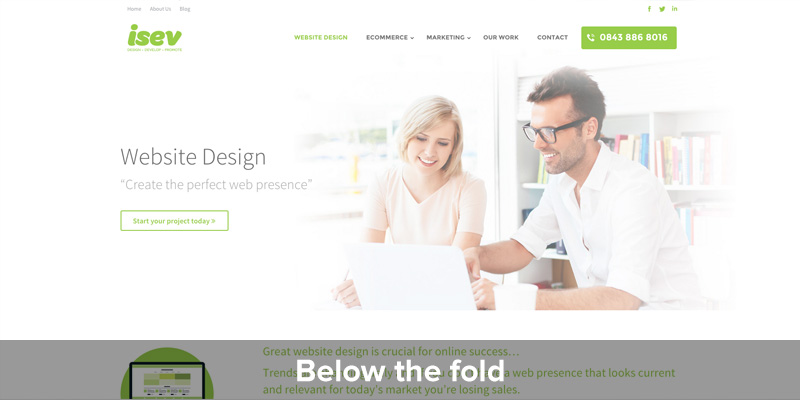
October 7,2021
Top 10 terms designers use that you may not understand
![]()

Sometimes, we as designers will puzzle our customers (without even realising it) by using words like responsiveness, typeface and hero image.Terms like these are not related to time, human features or images of your favourite super-hero (mine is Spiderman btw).
I’m pretty sure that some of you have all been faced with talking to a designer or developer at some stage and they’re firing off designer jargon at you with comments like:
“your .png images aren’t retina ready, please could you send us the vector graphics so we can export them at the correct size of retina devices.”
If you’ve been a victim of this in the past then hopefully some of the terms listed below will help you in the future. So I’ve listed 10 of the most common and confusing jargon used by designers.
Top 10 Designer terms
1. Responsiveness

Used primarily in web design, the term responsive(ness)used when a website responds accordingly to the device size. For example, your website will display as it ‘should’ on desktops, then when scaled down for mobile size it will used specific coding to resize and rearrange items on the website page to suit the size of the device screen size.
2. Negative/White Space
This is primarily an area of a web page with no text or images, or spacing around a logo or icon. Currently in web design trends, having big bold text and big images surrounded by white space is common, so expect this term to the used now and again. When used in a logo, the designer can use white space to emphasise an element within the design. There are a few examples here.
3. Photoshop / Illustrator / InDesign

These terms are the names of the most common applications used by designers to create things such as logos, posters, brochures and even website designs. You may also be asked for the application files, which are .psd (Photoshop), .ai (Illustrator) and InDesign (.indd).
4. Vector Graphic

These are graphics containing information with lines, shapes and fills to create an image. Generally used in shape based imagery such as logos. You can expand and reduce vector graphics in size without affecting the quality.
5. Flat Design
This being one of the most common from this list, referring to the design trend that took off around 2012-13 and continuing to be at the forefront in a lot of 2015 screen and print based design. Flat design is minimal, and uses hardly any design effects comparing to prior trends such as gradients and reflection. A lot of popular sites have adopted flat design like Apple, Facebook and Google.
6. Typeface

I’m guessing that you all know what a font is. This lettering you’re reading now is ‘Source Sans Pro’ Regular – the font. The typeface is the family of fonts that is used. Specifically a font is the weight of the typeface used, or a font file. So the main typeface of our website is ‘Source Sans Pro’.
7. Hero Image

This isn’t your favourite superhero from Marvel, this is something that has also come into trend in the last year or so in the world of web design. Image sliders are seemingly becoming a thing of the past now, and making way in its replacement are large hero images. Large single images are presented with big bold typography presented upon landing on a page or website to display a single important message. Gone are the days of cluttered, information packed image sliders.
8. Parallax

This is a technique used in web design to give a sense of motion using foreground and background elements scrolling at different speeds. This effect has also commonly come into trend in the past few years. You can see some examples here.
9. Fold

This is the term commonly used in web design that derived from newspaper publishing days (the physical fold on a newspaper). In web design, anything “below the fold” is the information displayed below the viewable area upon landing on a website. You may want your most important information “above the fold” or as an incentive for the user to scroll.
10. Brand

This is a term that can sometimes be confused with logos, or logo design. A brand is not a logo. The brand can be part of the logo, colour, style, design or symbol of a company or product that distinguishes them from the rest. If you’re having your company “branding” design, this could include a logo, colour palette and stationery (letterhead, business card, etc).
I hope I’ve covered at least a couple of terms that you may not have fully known and now have a better understanding of some of the designer jargon presented to you in comments, emails and conversations with designers, developers and marketers. If you would like to know any other common terms I have missed, don’t hesitate to drop us a line. We’ll be here to help.
If you’d like to talk to an experienced team – who speak english (not techy) – click here and contact us.



